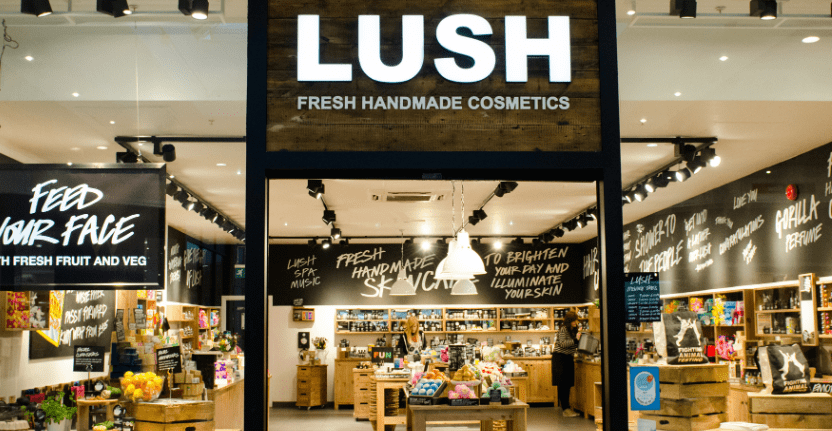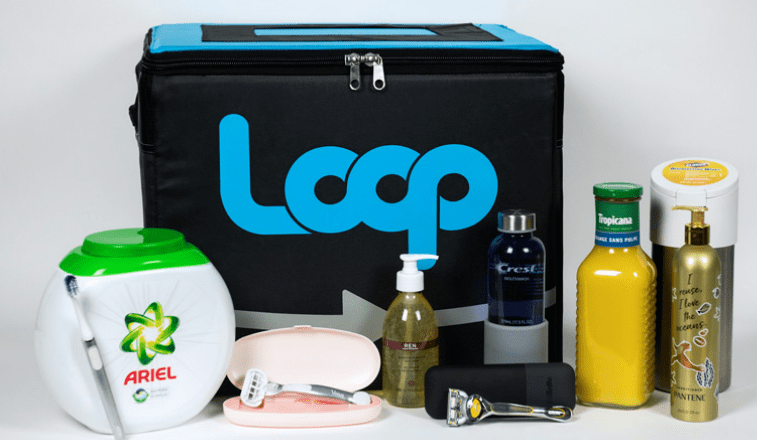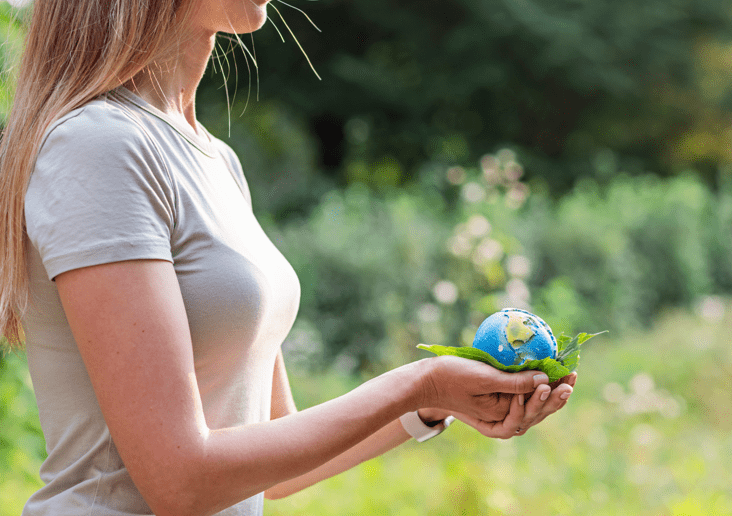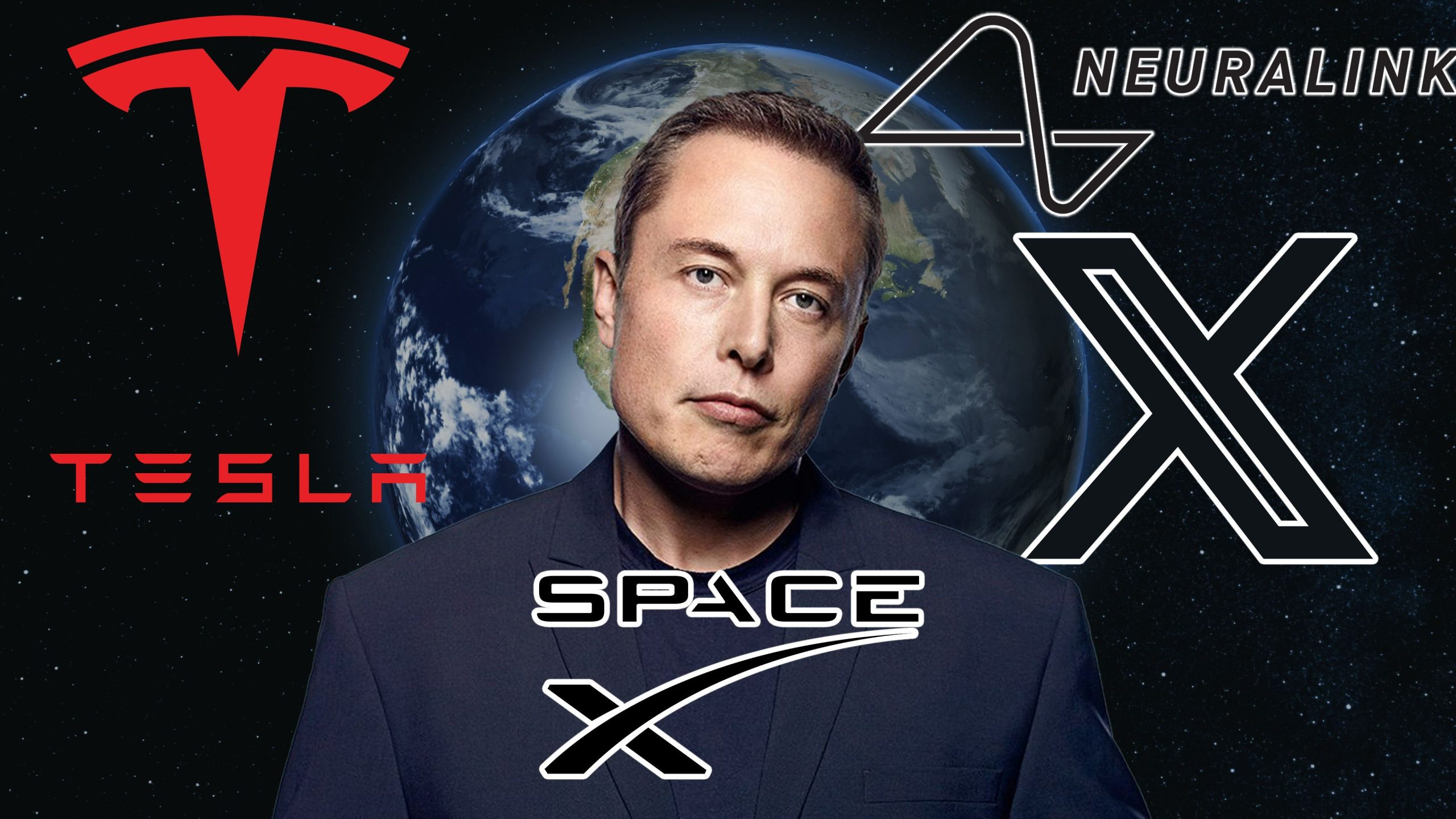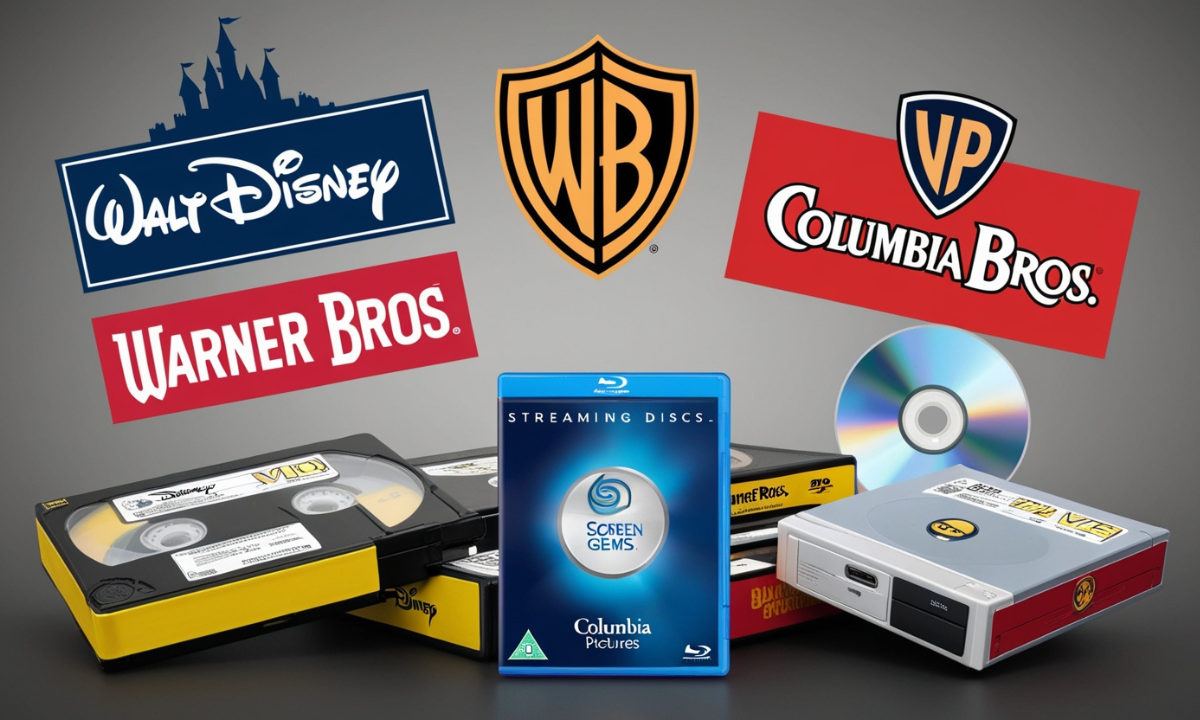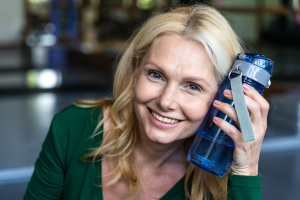Eco-Friendly Packaging: How Brands are Revolutionizing Sustainability?. Over the past several years, eco-friendly packaging has become an important component for sustainability. Due to increased environmental threats, green packaging solutions are prioritized by consumers and companies. This sudden shift is not just a trend circulating around the earth but a step forward to reduce our ecological footprint. The recent innovation in sustainable packaging has altered the brand’s mission, helping to set inspiring examples.
The Shift Toward Greener Packaging
There are various driving forces for the transition to eco-friendly packaging. Consumer demand for sustainable packaging increases. Data shows that more than 50% of the US population is willing to pay more for sustainable packaging. As we see, we are brought up with the common phrase, reduce, reuse, and recycle. Today, people are seen to reflect these values in their daily lives.
This shift is not all about consumer preference, it is also practiced due to strict regulations having a mission to reduce plastic waste and shifting a focus towards greener alternatives. Ethical fashion and apparel, wellness supplements, the food industry, and even cannabis branding work closely with packaging sustainability. As consumers are more informed, they are actively looking out for brands that align with their vision by ensuring environmentally friendly packaging.
Latest Innovations in Eco-Friendly Packaging
Here are some of the most exciting innovations in the field of sustainability:
Biodegradable Packaging: Biodegradable materials are the ones that break down easily. Examples include, materials made from mushrooms, plant-based materials derived from sugarcane and cornstarch. These materials are helpful in reducing landfill waste and are also considered an authentic alternative to conventional plastic.
Edible Packaging: Have you ever imagined a world in which you can consume both packaging and the food inside it? Yes, this once unthinkable concept is now a reality. Edible packaging is made from natural ingredients. Examples include, seaweed-based packaging which is both edible and compostable. Starch-based packaging is another example that falls under edible packaging. It is used to make consumable containers and films. Gelatin molded into various shapes is another example of it.
Water-Soluble Packaging: The Marine environment is badly affected by single-use plastics such as sachets. Water soluble packaging dissolves in water thus, reducing the risk of water contamination. They don’t leave behind any harmfulresidues so we can consider them ideal for single-dose packaging.
Reusable Packaging: The use of glass and metal containers come under the category of reusable packaging. They provide a greener solution to different companies by eliminating single-use plastic. Brands such as Lush are leading the way forward with its “naked” approach.
Inspiring Examples of Brands Shifting towards Sustainable Packaging Several brands are setting examples in eco-friendly packaging solutions, including:
Patagonia
Patagonia is a designer of outdoor clothing. It is well-known for its commitment to eco-friendly packaging. Patagonia utilizes recycled material in its packaging. All the materials used in packaging gears are Forest Stewardship Council® certified (FSC) recycled materials or post-consumer waste (PCW).
Lush
Lush is a British cosmetics retailer company. They have a very inspiring environmental policy. They believe that taking care of the environment is the policy of both their staff and customers.
They use very little packaging in their shops and give choice to their customers if they want their product completely naked. Till today, their packaging material contains 90% of recyclable material and they are working on the remaining 10%.
Loop
Loop operates a global reverse supply chain. Their mission is to collect usable packaging from retailers and consumers, sort and store it, and return hygienically clean packaging to manufacturers for refill. They work in collaboration with Ecolab to maintain higher standards.
Challenges and Considerations
On one side, the world of sustainable packaging is rapidly growing. On the other side, there are various challenges associated with it.
Cost
Many sustainable options are currently more expensive than traditional ones. According to a survey, 43% of brands are conscious of the cost applied in transitioning from traditional to sustainable options When a company considers switching to a green solution, it’s natural to think of the initial cost implications. For instance, one might wonder about the price difference between purchasing 1000 recycled mailer bags versus 1000 traditional poly mailer bags.
Consideration 1: It is advisable to consider long-term costs and benefits. Performance Packaging plays a vital role in the safe delivery of products to consumers. So, it is necessary to make
sustainable packaging perform as well as conventional packaging. Also, the environmental performance of eco-friendly packaging should aim at reducing environmental impact. Operational Performance of sustainable packaging needs a proactive approach at three different levels including, vertical and horizontal integration, upstream and downstream integration, and product-packaging integration.
Consideration 2: It is advisable to shift to options that are more environmentally friendly. Consumer Perception on Green Packaging In terms of sustainable packaging, willingness is to be seen among consumers. It has also been observed that the quality of packaging material has a major influence on consumer buying patterns. There is still a need for education on the benefits of sustainable packaging by compromising on packaging quality a little. Adoption of eco-friendly options can be affected by misconceptions and lack of awareness.
Consideration: Awareness campaigns and eco-friendly branding are necessary for educating consumers.
Final Thoughts
Eco-friendly packaging catalyzes a broad shift toward valuing sustainability. This shift not only leads to sustainable packaging but product design, supply chain and even consumer habits. If we set sustainability as our standard rather than niche preference, then we could modify our relationship with the environment andour approach toward global challenges






